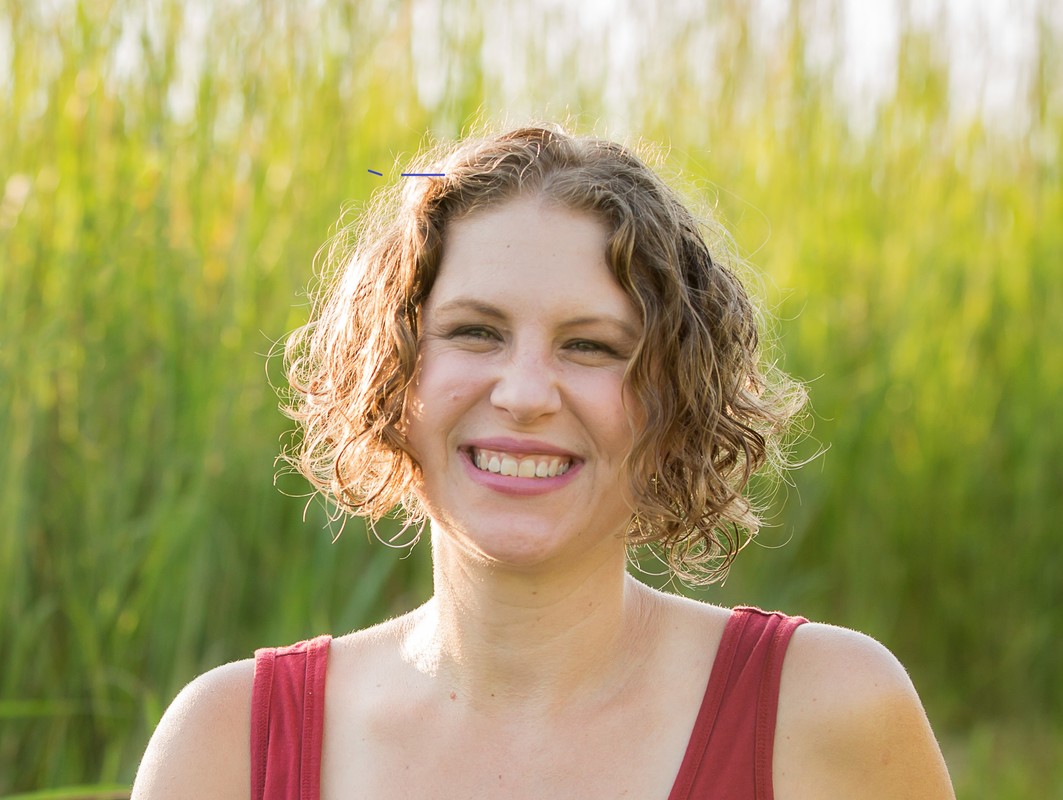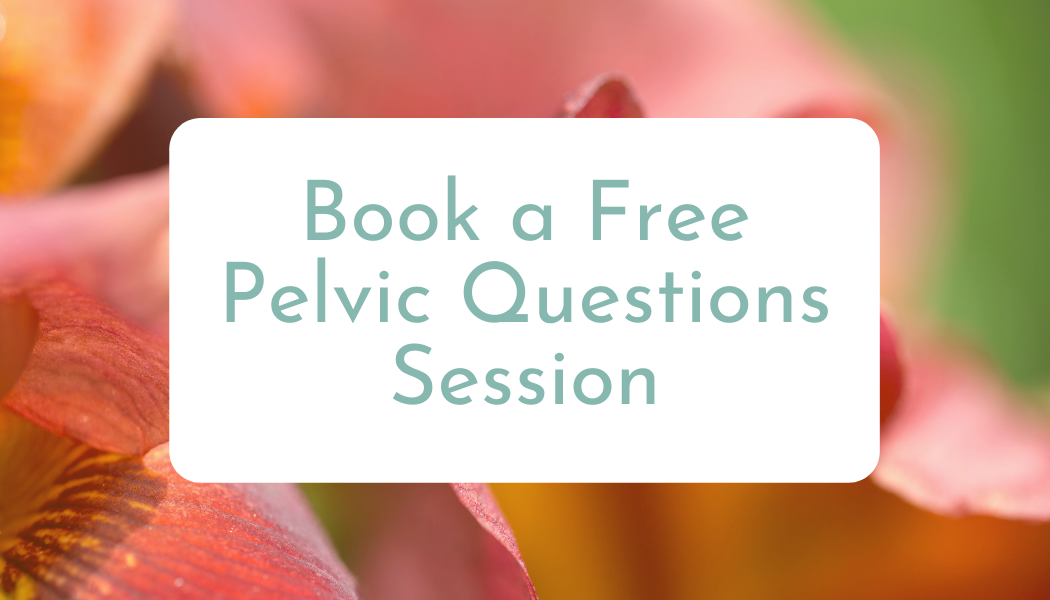|
I've written about Plantain before, here and here! Not the starchy banana-like vegetable, Plantago is a very common lawn weed. You've seen it, I promise. The narrow-leaved P. lanceolata, or Lance-leaved Plantain, forms flower stalks with a cone shaped head. These are the things that simply bend down when the mower passes over, then spring right back up again, towering over your freshly cut lawn. Broad-leaved P. major forms a rosette closer to the ground, and a flower stalk that is fat and all flowers then seeds. Kids find it fun to rub their thumbs up the stalk, showering seeds in all directions. Plantain draws. Externally, it pulls out splinters, glass shards, bee stingers, infections, toxins, dirt, and anything else that shouldn’t be in there. Chew it when you have a toothache or abscess to draw out the pus, while you wait for the dentist. Make a “spit poultice” by chewing up a leaf and slapping it on a bee sting- YES this is a real thing! And it works, I’ve had to do it for a Nettle sting. Plantain features in all first aid healing oils and salves. It is soothing, cooling, and healing to wounds, and it will stop bleeding though maybe not as well as Yarrow so you might combine the two if bleeding is a problem. Internally, Plantain draws moisture and nourishment back to tissues. Dry, pinching, tired, stagnant areas like the GI tract (think IBS to hemorrhoids) and the liver benefit from Plantain’s large vitamin and mucilage (that’s where mucous comes from, use your imagination!) content, as a juice, as a food, or as a tincture. As a salad green, Plantain must be picked VERY young and chopped finely. In her Medicinal Herbs book, Rosemary Gladstar gives a recipe for a Plantain Power Drink, a smoothie of nutritive herbs, pineapple juice, and a banana. Sounds delicious, but so far my taste testing has occurred on weed walks just to prove it’s edible, and to harvesting the seeds to make my own seasoning like a Gomaiso- Sesame seeds, Plantain seeds, salt, Milk Thistle, Nettle, and Thyme (more details on this blog post)
0 Comments
Do you choose a Word of the Year? Do you actually work towards it?
I've had variable success doing this. Last year was mostly a "not so much" year, but in 2017 I was pretty good at remembering and reviewing and adjusting towards my WotY. In that spirit, my 2019 WotY is: CONSISTENCY. There's lots of ideas and half-formed plans and unexecuted proposals banging around in my head. Recently I was listening to an audiobook when a passage struck me: Beauvoir was reminded of his grandmother... When Jean Guy had visited they'd collect little new peas together and shell them, sitting on the porch. He now knew his grandmother must have been very busy, but she never gave that impression, just as these monks now gave the impression of working steadily. Working hard even, but working at their own pace. (The Beautiful Mystery, Louise Penny) Working hard even, but working at their own pace. That captures my goal for the year. Instead of throwing myself headlong into a project and getting distracted by every other thing life needs before I'm finished and never completing anything, Slow and Steady and Consistent are to be my mantra this year. A WotY is a pretty good way to motivate myself towards a common theme or a long-term vision. I have to make it visible, writing it on a notecard for my bulletin board, on my journal cover, in my daily vision imaging. How do you keep yourself on track? I am excited to share with you an exciting opportunity (so exciting I said it twice!) to learn more about supporting your cardiovascular health naturally from one of the brightest teachers in the herbal world, Guido Masé. In a new 6-week online BotanicWise course, Natural Cardio Care: An Herbalist’s Perspective, one of the brightest teachers in the herbal world, Guido Masé, will guide us through the various components of self-evaluation for better cardiovascular health. By the end of the 6-Week Course, you’ll have an extensive, personalized natural cardiovascular care program that will boost confidence in your overall health. Along the way you'll have the benefit of learning with a supportive network of like-minded individuals and experienced health professionals.
Guido has a talent for explaining complicated subjects in an interesting and understandable manner. He creates a bridge between the scientific community and the public, feeding both groups with practical information that can be used personally in the home, or with clients in a clinic.
Check out his teaching style in this free class: Resonance of the Heart with Guido Masé Natural Cardio Care is designed to empower both individuals dealing with cardiovascular issues AND clinicians wanting to broaden their therapeutic options for clients. Check out the full course description here, and if you are interested, use my unique coupon code PAULASHERBALS20 to receive $20 off. The course begins Monday January 21 and wraps up Thursday March 7. This course features live classes, with the option to watch replays until August 2019. Best of all you will walk away with your own customized natural heart care program that you will create through self-evaluations. If you are a practitioner these methods can be used to work with your clients. Full disclosure: a portion of the proceeds from this class benefits my work and BotanicWise, an organization providing plant wisdom, connecting like-minded people and building a community to steward land, medicinal plants and supportive relationships with each other. Even so, I wouldn’t recommend this class unless I would take it myself. Guido is one of my favorite teachers, and I know his students will benefit greatly from this course. Petaled Sunshine Calendula is a classic remedy for skin ailments, helping heal in a gentle steady way. She's also a classic lymph mover, with the same energy, I feel. She's the draught horse, getting the deep work done. Or a nurse, kind and gentle but firm and inexorable. I have been using her infused oil topically with internal issues too. On the abdomen during difficult periods or over irritated intestines, on the jaw during my tongue-tie pain, on a joint when there's an -itis going on. Helping to keep the inflammation fluids (aka the healing process) moving, helping repair, bringing brightness & cheer. She's easy to grow, abundant with flowers, and generously reseeds. Her resinous medicine under the petals dissolves best in an oil, but bath or tea water works well too. Lymphatic Support and Sunshine Think of Calendula as bringing sunshine into your lymph system. Did you know your lymph doesn't have a pump? Its movement relies on your movement- muscle contractions. When you don't move so much, or have too much trash (from illness) for lymph to move, things can stagnate and congeal- you've seen it happen in the fridge, or overnight in the kitchen sink. With Calendula, fluid thins and flows, debris is carried away, congestion eases. Shining light into dark corners chases away monsters. (This is a METAPHOR people! If you want to learn about lymph physically check out @stopchasingpain) Traditionally Europeans called this herb Pot Marigold. A 'pot herb' was a common ingredient in the dinner pot. Calendula helps prepare the immune system for a winter cold by cleaning out the old stuff, so it was harvested and dried all Summer to prepare for this. Fresh or dried, flowers and leaves can be made into a tea, or used directly on the skin, or infused into good oil. Dried flowers into tincture, bath mixes, hydrotherapy edema soaks. Also homeopathic creams/gels/tablets. 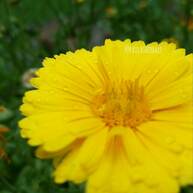 Skin Love Topically, Calendula is a healing wonder on all types of cuts, nicks, scratches, burns and other damage. It has some immune stimulants, so it can prevent infection and inflammation. But it also encourages lymph, so any grossness or heat is moved on outta there which also helps healing. Matthew Wood also says it's salty, which helps soften skin and prevent hard wounds and scar tissue (Earthwise Herbal, p155) My teacher @maiatoll tells a story of a bad kitchen accident. The open wound was packed with Calendula and the wounded was driven a looooong 1.5 hrs to the hospital. By the time they arrived, the wound was closing, healing. I also use Calendula topically to influence the lymphatics and drainage of inflammation and distress under the skin. Glands, organs, bruises, general internal cranky spots. Calendula is most often infused in an oil, because its medicine, in the resinous underside of the flower tops, dissolves best in oil. Tea, tincture, and bathwater applications are also possible. |
Fun Fact: I'm an herbalist and a movement coach. Not a doctor, or a pharmacist, and not pretending to be one on TV.
This is a public space, so my writing reflects my experiences and I try to stay general enough so it might relate to you. This does not constitute medical advice, and I encourage you to discuss concerns with your doctor. Remember, however, that the final say in your wellness decisions are always yours- you have the power to choose, you are the boss of you. And, some of my posts may contain affiliate links. If you make a purchase through them I'll earn a few cents. Thank you for supporting my work. This website is provided for educational and informational purposes only and is not medical, mental health or healthcare advice. The information presented here is not intended to diagnose, treat, heal, cure or prevent any illness, medical condition or mental or emotional condition. Working with us is not a guarantee of any results. Paula Billig owns all copyrights to the materials presented here unless otherwise noted. Categories
All
Archives
July 2021
|
|
info @paulaswellness.com |
DisclaimerThis website is provided for educational and informational purposes only and is not medical, mental health or healthcare advice. The information presented here is not intended to diagnose, treat, heal, cure or prevent any illness, medical condition or mental or emotional condition. Working with us is not a guarantee of any results. Paula Billig owns all copyrights to the materials presented here unless otherwise noted. |

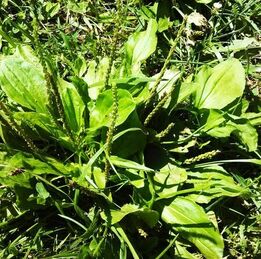
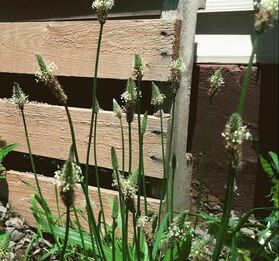
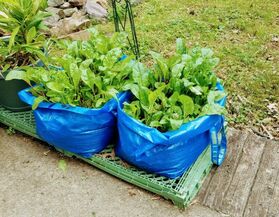

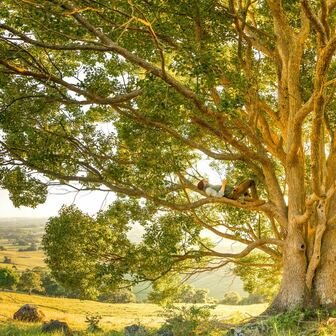

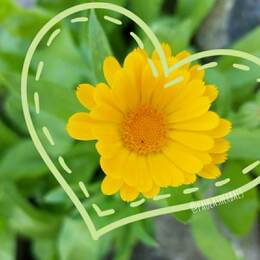
 RSS Feed
RSS Feed
